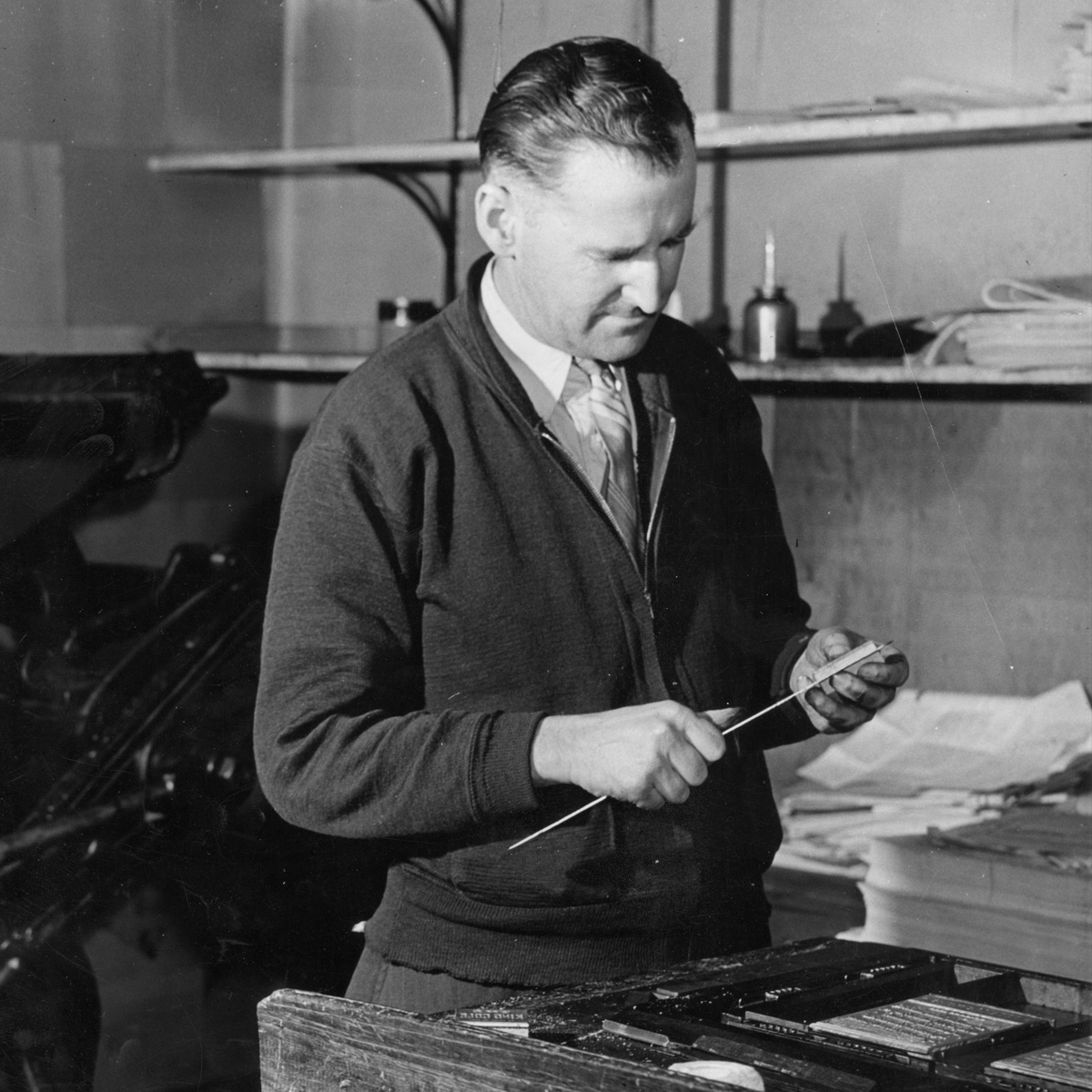Communicating with a Community
Communities need voices, and ways to be able to speak to and among themselves. That is especially so for widely dispersed linguistic minority communities. In 19th- and early 20th-century Nova Scotia, the Acadian community found itself in that situation — until Désiré d'Eon came along in the 1930s to begin to fill its communication needs.
D’Eon grew up in West Pubnico. He attended the Collège Ste-Anne in Pointe-de-l’Église, then went for teacher training at the Normal College in Truro in 1929-30. While there, he oversaw publishing the college's directory. It was an experience he would draw on a few years later to help his home community.
After a few years of teaching at the Collège Ste-Anne, he went to Washington, D.C. to obtain his master's degree. When he came back to Nova Scotia, he had the idea — as well as the necessary courage and tenacity — to launch a weekly newspaper in French. Its purpose? To enable his fellow Acadians to have news and information in their own language and on stories the English-language media were not covering. The paper was Le Petit Courrier and it was first published in 1937. Its impact was immediate and immense. D'Eon and other writers presented stories in an easily understood style. Moreover, they communicated news of interest to Acadians. At the time, there were no local French-language media around. The closest was L’Évangeline (1887-1982), published in Moncton. While Le Petit Courrier originated in South-West Nova Scotia, it eventually developed a readership in Acadian communities in all corners of the province.
D'Eon ran the paper for decades, though there were times when he had to suspend publication as he battled tuberculosis. The newspaper still exists, undergoing name changes along the way. Today, it is known as Le Courier de la Nouvelle-Écosse.
Désiré D'Eon retired from the paper in 1977 and, at age 71, married Jane-Rose Twomey. The pioneering Acadian newspaperman died in 1996.

